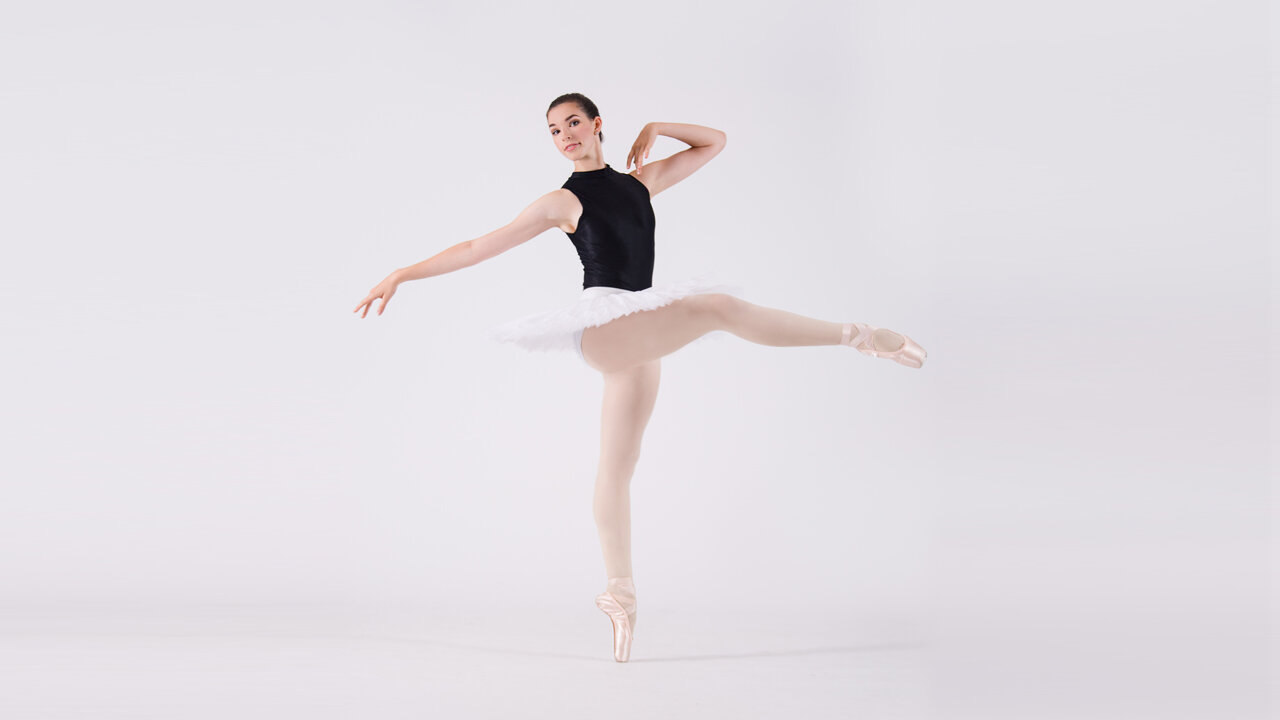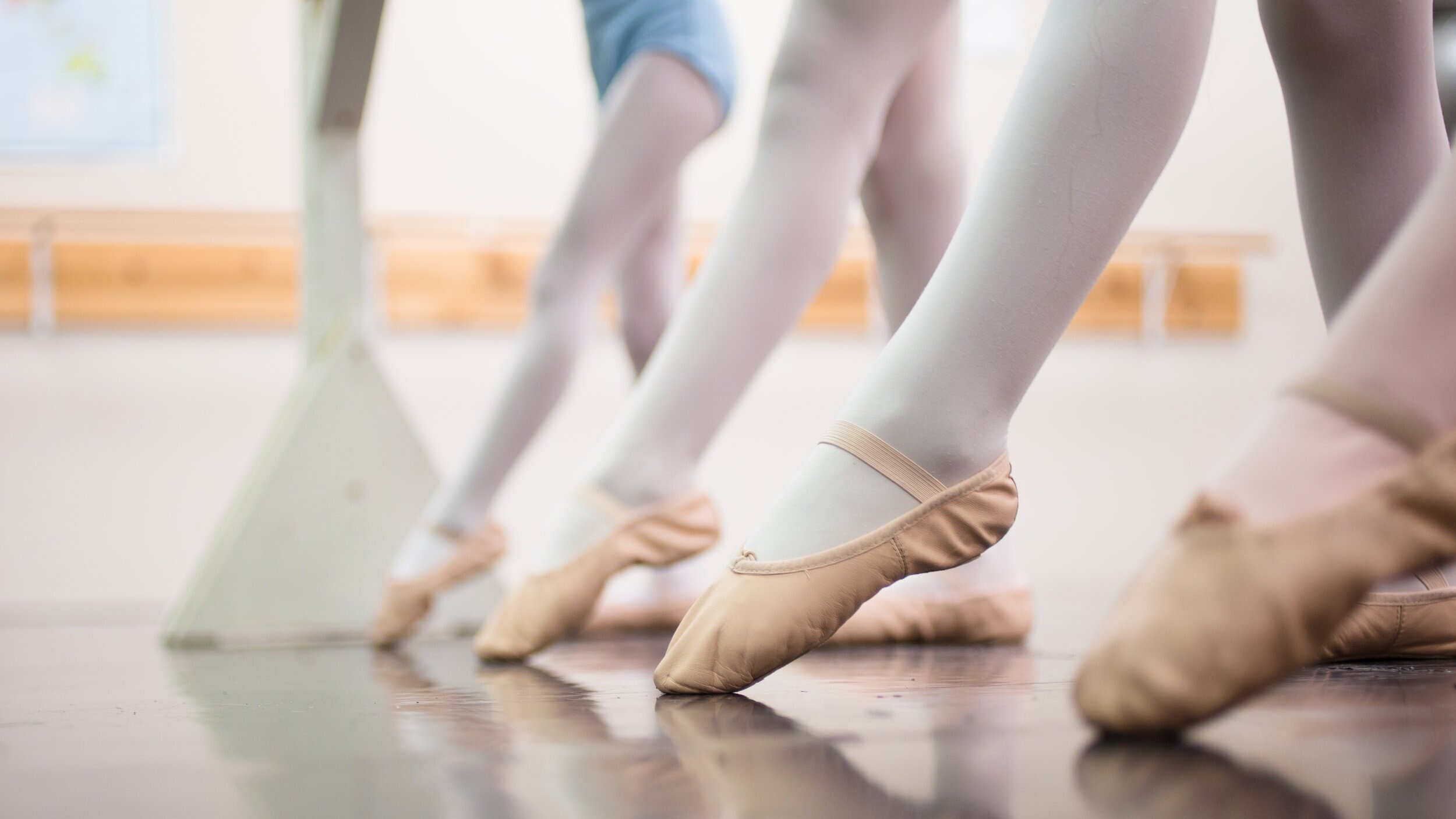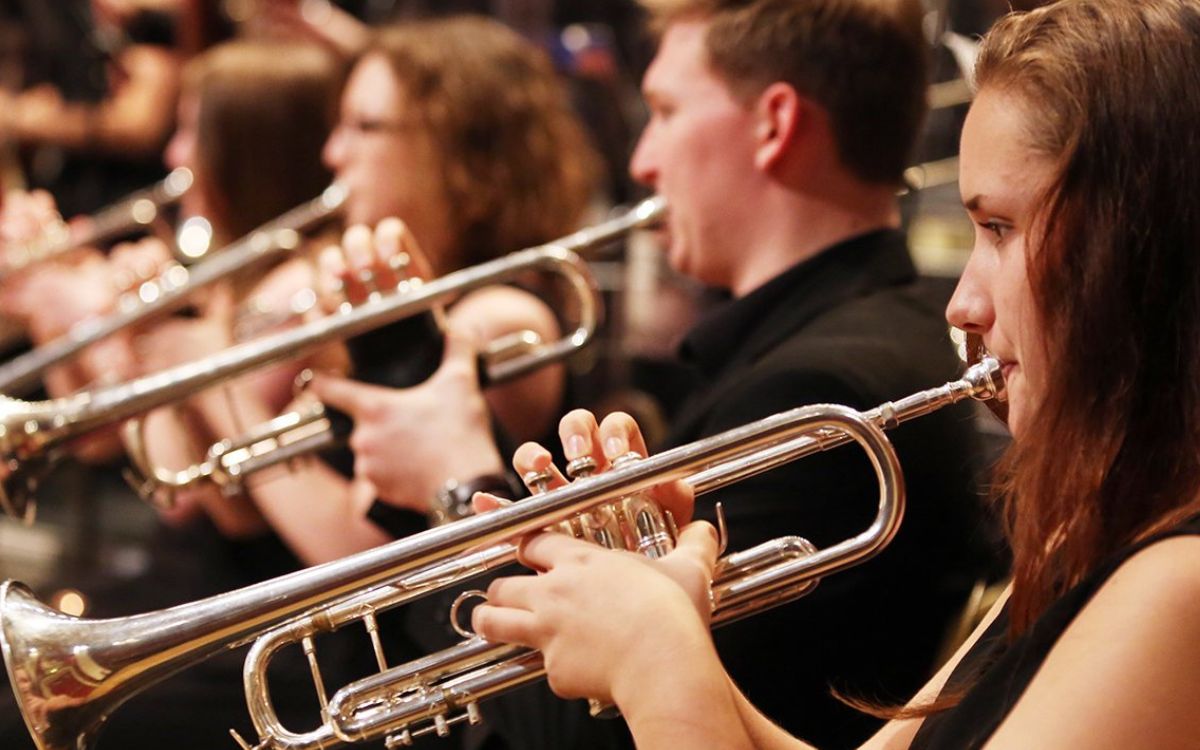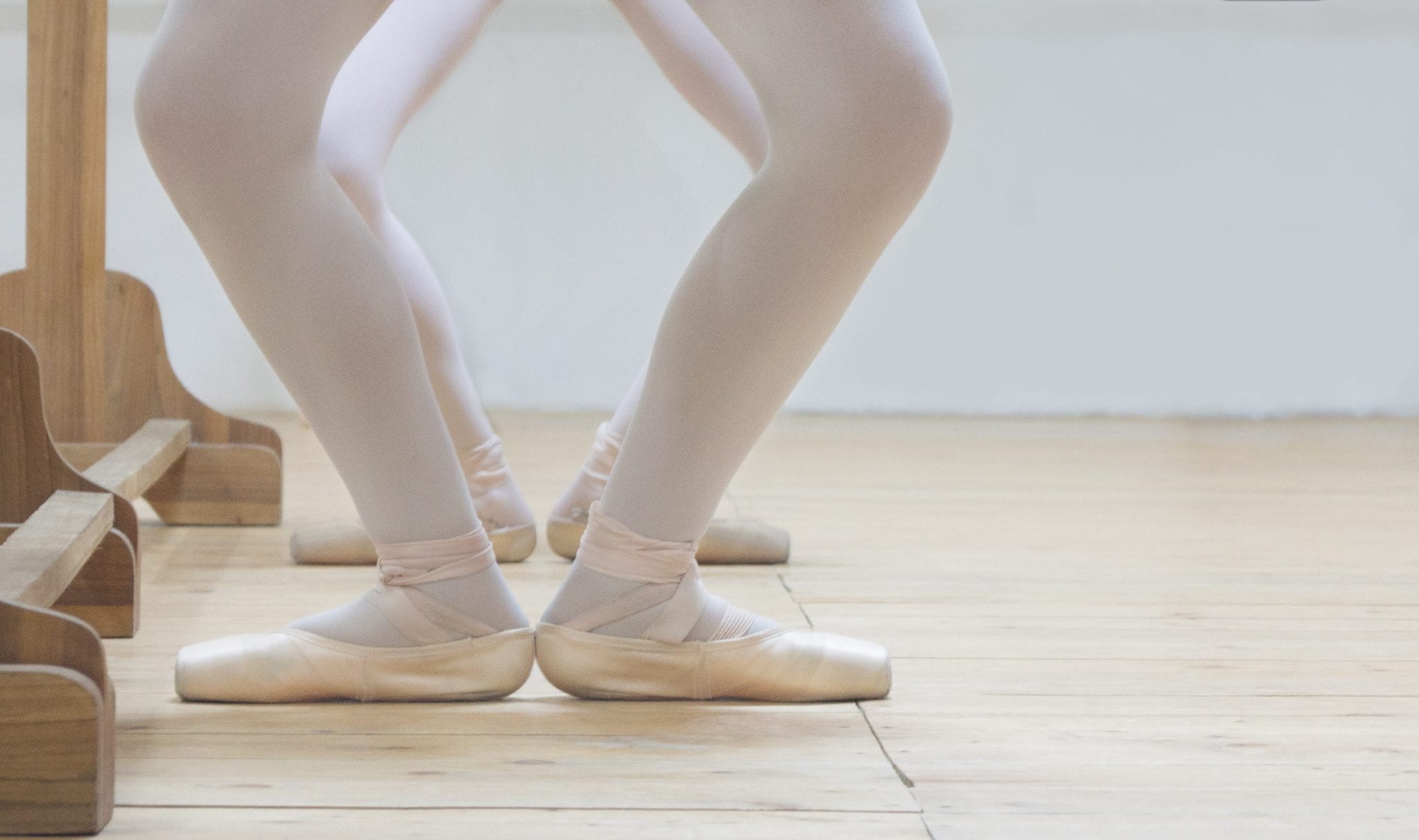Home>Events & Info>Ballet>What Do You Call Ballet Plays
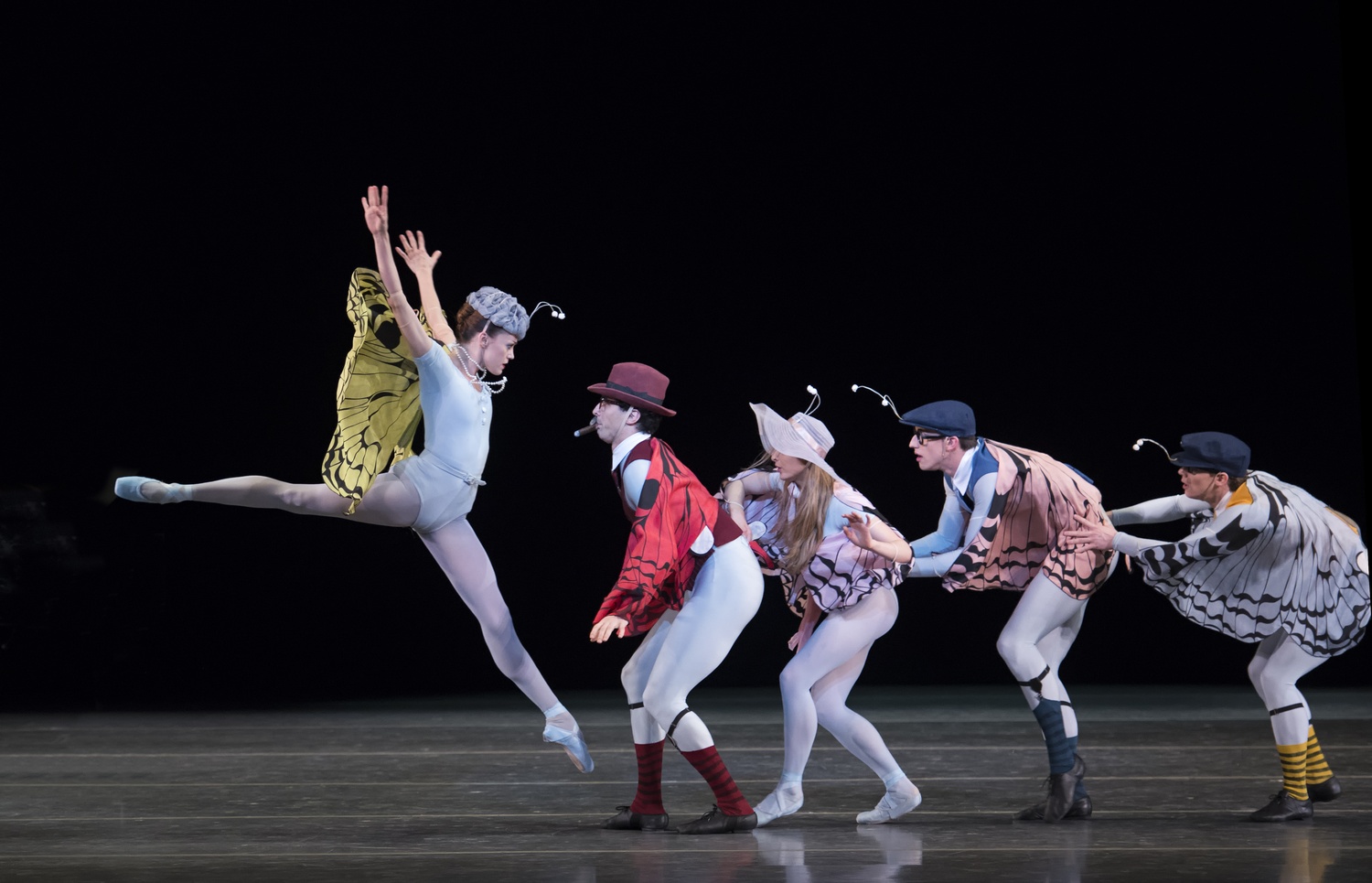

Ballet
What Do You Call Ballet Plays
Modified: January 22, 2024
Discover the mesmerizing world of ballet plays and their enchanting performances. Dive into the beauty and grace of ballet as we reveal its secrets and the various names used to describe these captivating shows.
(Many of the links in this article redirect to a specific reviewed product. Your purchase of these products through affiliate links helps to generate commission for AudioLover.com, at no extra cost. Learn more)
Table of Contents
Introduction
Ballet plays are a magnificent form of artistic expression, combining exquisite dance movements, stunning costumes, enchanting music, and compelling storytelling. Dating back several centuries, ballet has evolved into a rich and diverse art form, captivating audiences around the world.
With its origins in the lavish courts of Renaissance Europe, ballet plays were initially performed exclusively for aristocrats and royalty. However, as the art form gained popularity and spread across continents, ballet became accessible to people from all walks of life.
Today, ballet plays continue to be cherished for their grace, elegance, and emotional depth. They transport audiences to a world of enchantment, where performers glide across the stage like ethereal beings, telling stories of love, passion, tragedy, and triumph.
In this article, we will explore the history of ballet plays, the different types of ballet plays, and delve into some of the most famous and beloved ballet plays of all time. So, grab your pointe shoes and join us on this captivating journey into the enchanting world of ballet plays.
History of Ballet Plays
The history of ballet plays can be traced back to the Italian Renaissance courts of the 15th century. It was during this time that lavish spectacles and entertainment were a significant part of courtly life. Ballet, initially known as “balletto,” emerged as a form of dance that blended music, poetry, and movement.
One of the earliest recorded ballet plays is the “Ballet Comique de la Reine” (The Queen’s Ballet Comedy), performed in 1581 at the court of Catherine de’ Medici in France. This landmark production featured elaborate costumes, intricate choreography, and a narrative storyline, setting the stage for the future of ballet plays.
During the 17th century, ballet began to flourish in France under the patronage of King Louis XIV. He established the first official ballet academy, known as the Royal Academy of Dance, and himself became an avid ballet dancer. With his contributions, ballet technique and vocabulary were developed, and ballet plays became an integral part of the French court.
In the 19th century, ballet plays underwent a transformation, partially due to the the Romantic movement. Romantic ballets such as “Giselle” and “La Sylphide” captivated audiences with their ethereal themes, mystical characters, and intricate pointe work. These ballet plays showcased the capabilities of female dancers as they gracefully danced en pointe – a defining feature of ballet.
A significant milestone in ballet history was the premiere of “The Nutcracker” in 1892, composed by Pyotr Ilyich Tchaikovsky. This ballet play, with its enchanting music and timeless tale, has become a holiday tradition around the world, captivating both young and old.
Throughout the 20th and 21st centuries, ballet plays continued to evolve. The emergence of contemporary ballet introduced new movements and themes, pushing the boundaries of traditional ballet. Groundbreaking choreographers like George Balanchine and Jerome Robbins introduced innovative techniques and collaborations with artists from different disciplines, bringing a fresh perspective to ballet plays.
Today, ballet plays are performed by renowned ballet companies on prestigious stages worldwide. They continue to enchant audiences with their mix of athleticism, artistry, and storytelling. Ballet plays are a testament to the enduring power and beauty of this exquisite art form.
Types of Ballet Plays
Ballet plays come in various forms, each with its unique characteristics and artistic expression. Here are some of the most common types of ballet plays:
- Classical Ballet Plays: Classical ballet plays follow a strict technique and form, often rooted in traditional ballet vocabulary. These plays showcase elegance, precision, and grace, with intricate footwork and grand balletic movements. Examples of classical ballet plays include “Swan Lake,” “The Sleeping Beauty,” and “Don Quixote.”
- Contemporary Ballet Plays: Contemporary ballet plays, also known as neoclassical ballet, explore innovative movements and styles while still maintaining the foundation of classical ballet technique. These plays often incorporate elements from other dance genres, such as modern and jazz. “The Four Temperaments” and “Symphony in Three Movements” by George Balanchine are iconic examples of contemporary ballet plays.
- Narrative Ballet Plays: Narrative ballet plays tell a story through dance, music, and visual elements. They often draw inspiration from literary works, myths, or historical events. These plays have a clear plot and character development, allowing the dancers to embody specific roles. Examples of narrative ballet plays include “Romeo and Juliet,” “Cinderella,” and “Giselle.”
- Abstract Ballet Plays: Abstract ballet plays focus on exploring movement, form, and emotions without a specific storyline or characters. These plays are more conceptual and allow for greater experimentation with choreography, staging, and music. “Agon” by George Balanchine and “In the Middle, Somewhat Elevated” by William Forsythe are renowned examples of abstract ballet plays.
- Character Ballet Plays: Character ballet plays incorporate elements of traditional folk dances and cultural influences. These plays showcase distinctive styles and costumes that represent different regions or nationalities. Examples of character ballet plays include “Don Quixote,” “La Fille Mal Gardee,” and “Paquita.”
Each type of ballet play offers a unique experience for both the performers and the audience, highlighting the versatility and artistic range of this captivating art form. Whether it’s the timeless elegance of classical ballet, the boundary-pushing innovation of contemporary ballet, or the narrative depth of storytelling ballet plays, there is something for everyone to appreciate and enjoy.
Classical Ballet Plays
Classical ballet plays are the epitome of elegance and grace, showcasing the breathtaking beauty of traditional ballet technique. These plays adhere to strict choreographic structures, emphasizing precise footwork, graceful movements, and expressive performances. Here are a few iconic classical ballet plays:
- Swan Lake: Composed by Pyotr Ilyich Tchaikovsky, “Swan Lake” is one of the most beloved and well-known ballet plays. It tells the story of Odette, a princess cursed to live as a swan, and Prince Siegfried, who must break the curse through true love. The play features breathtaking pas de deux (duets) and intricate group formations, showcasing the dancers’ technical prowess and emotional depth.
- The Sleeping Beauty: Another exquisite ballet play set to Tchaikovsky’s music, “The Sleeping Beauty” is a fairy tale ballet that follows the story of Princess Aurora, who falls into a deep sleep after pricking her finger on a spindle. The ballet features the famous Rose Adagio, where Aurora balances on one foot as she receives suitors seeking her hand in marriage. With its lavish costumes, enchanting music, and intricate choreography, “The Sleeping Beauty” is a classic example of the grandeur of classical ballet.
- Don Quixote: Based on the famous novel by Miguel de Cervantes, “Don Quixote” is a vibrant ballet play that showcases the flamboyant and exciting side of classical ballet. The play tells the story of Don Quixote’s quest to find his ideal woman, encountering romance, adventure, and mischief along the way. Known for its energetic and virtuosic choreography, “Don Quixote” features dazzling jumps, turns, and intricate footwork that highlight the technical abilities of the dancers.
- Giselle: “Giselle” is a hauntingly beautiful ballet play that combines elements of romance, tragedy, and supernatural occurrences. The ballet tells the story of a young peasant girl, Giselle, who dies of a broken heart after discovering her lover, Albrecht, is engaged to another woman. In the second act, Giselle’s spirit joins a group of female spirits known as the Wilis, who seek revenge on unsuspecting men. “Giselle” is renowned for its ethereal and delicate movements, as well as its poignant storytelling.
Classical ballet plays showcase the technical prowess and artistry of ballet dancers, with intricate choreography, stunning costumes, and evocative music. They transport audiences to magical worlds and tell captivating stories that transcend time and culture. It is through these timeless classics that the beauty and allure of classical ballet continue to captivate audiences around the world.
Contemporary Ballet Plays
Contemporary ballet plays, also known as neoclassical ballet, push the boundaries of traditional ballet by incorporating innovative movements, exploring unconventional themes, and challenging conventional ballet technique. These plays represent a fusion of classical ballet with modern influences, creating a dynamic and expressive art form. Here are a few notable contemporary ballet plays:
- The Four Temperaments: Choreographed by George Balanchine, “The Four Temperaments” is a groundbreaking ballet play that defies traditional narrative structure. Inspired by the medieval theory of the four humors, the play consists of abstract movements that reflect the different temperaments: melancholic, sanguinic, phlegmatic, and choleric. It showcases Balanchine’s unique blend of classical ballet technique with modern elements.
- Symphony in Three Movements: Another iconic ballet play by George Balanchine, “Symphony in Three Movements” is set to the music of Igor Stravinsky. This energetic and visually striking ballet combines balletic movements with athletic and sharp choreography. The play exemplifies the collaboration between Balanchine and Stravinsky, with intricate footwork, intricate formations, and dynamic group sequences.
- Artifact: Choreographed by William Forsythe, “Artifact” is a mesmerizing and thought-provoking contemporary ballet play that challenges traditional ballet norms. It features unconventional movements, fragmented narratives, and interactive elements between the dancers and the audience. “Artifact” invites the audience to reinterpret and question the traditional conventions of ballet, blurring the lines between performance and reality.
- Clear: Created by Stanton Welch, “Clear” is a contemporary ballet play that showcases the fluidity and versatility of ballet technique. Set to Bach’s music, the play combines elements of classical ballet with modern and jazz influences, creating a dynamic and visually captivating experience. “Clear” demonstrates the evolving nature of ballet as it embraces diverse movement styles and expands its artistic boundaries.
Contemporary ballet plays offer a fresh perspective on the art form, fusing classical technique with modern sensibilities. They challenge traditional notions of ballet, inviting audiences to engage with innovative movements and concepts. With their creative choreography, eclectic music choices, and boundary-pushing performances, contemporary ballet plays continue to redefine and evolve the art form, captivating audiences of all generations.
Narrative Ballet Plays
Narrative ballet plays bring stories to life through expressive movements, captivating music, and intricate choreography. These plays focus on conveying a clear narrative and character development, allowing the dancers to embody specific roles and convey emotions without spoken words. Here are a few notable examples of narrative ballet plays:
- Romeo and Juliet: Inspired by William Shakespeare’s tragic love story, “Romeo and Juliet” is one of the most beloved narrative ballet plays. The ballet follows the story of the star-crossed lovers from feuding families, their forbidden love, and the tragic consequences that befall them. From the passionate pas de deux between Romeo and Juliet to the dramatic fight scenes, this ballet play captures the emotional intensity and timeless romance of the original tale.
- Cinderella: The fairy tale of Cinderella has been reimagined in several ballet adaptations, each with its own unique interpretation. This narrative ballet play portrays the story of Cinderella, her cruel stepmother and stepsisters, and her magical transformation with the help of a fairy godmother. Sparkling with enchantment and showcasing the triumph of goodness over adversity, “Cinderella” brings a touch of magic to the ballet stage.
- Giselle: “Giselle” is a hauntingly beautiful ballet play that combines elements of romance, tragedy, and supernatural occurrences. The ballet tells the story of a young peasant girl, Giselle, who dies of a broken heart after discovering her lover, Albrecht, is engaged to another woman. In the second act, Giselle’s spirit joins a group of female spirits known as the Wilis, who seek revenge on unsuspecting men. “Giselle” is renowned for its ethereal and delicate movements, as well as its poignant storytelling.
- La Bayadère: Set in exotic India, “La Bayadère” is a narrative ballet play that weaves a captivating tale of love, betrayal, and redemption. The ballet follows the temple dancer Nikiya, the noble warrior Solor, and the conniving High Brahmin. Spectacular ensemble pieces, mesmerizing solos, and the iconic “Kingdom of Shades” scene make “La Bayadère” a visually stunning and emotionally captivating ballet.
Narrative ballet plays captivate audiences by combining powerful storytelling with the artistry of dance. Through expressive movement and theatricality, these ballet plays transport viewers into enchanting worlds, evoking a wide range of emotions. Whether it’s the tragic romance of “Romeo and Juliet,” the magical transformation of “Cinderella,” the ethereal beauty of “Giselle,” or the cultural richness of “La Bayadère,” narrative ballet plays continue to inspire and captivate audiences worldwide.
Abstract Ballet Plays
Abstract ballet plays move away from traditional storytelling and focus on exploring movement, form, and emotions without a specific narrative or characters. These ballets allow for experimentation with choreography, music, and visual elements, offering a more conceptual and expressive experience. Here are a few notable examples of abstract ballet plays:
- Agon: Choreographed by George Balanchine and set to music composed by Igor Stravinsky, “Agon” is a landmark abstract ballet play. It features a series of pas de deux, group formations, and solos that highlight the dancers’ athleticism and technical precision. With its angular movements, unconventional partnering, and complex rhythmic patterns, “Agon” challenges traditional ballet aesthetics and showcases the expression of pure dance.
- In the Middle, Somewhat Elevated: Created by William Forsythe, “In the Middle, Somewhat Elevated” is a revolutionary and dynamic abstract ballet play. Set to pulsating electronic music by Thom Willems, this ballet showcases bold movements, extreme extensions, and intricate footwork. It emphasizes the dancers’ physicality and explores the boundaries of classical ballet technique, creating a visually striking and exhilarating experience.
- Polyphonia: Choreographed by Christopher Wheeldon, “Polyphonia” is a contemporary abstract ballet play that showcases intricate and fluid movements. Set to piano music by György Ligeti, the ballet features a series of duets and solos that captivate with their intricate partnering and emotional depth. “Polyphonia” embraces the complexity of movement while highlighting the dancers’ technical abilities and artistry.
- Artifact Suite: Choreographed by William Forsythe, “Artifact Suite” is a captivating abstract ballet play that challenges traditional ballet conventions. With its non-linear structure, fragmented narratives, and blend of classical and contemporary movements, this ballet pushes the boundaries of choreography and invites the audience to interpret their own meaning from the performance. “Artifact Suite” is a thought-provoking and visually striking ballet that invites reflection and engagement.
Abstract ballet plays allow dancers and choreographers to explore the potential of movement, form, and expression. By stripping away a conventional narrative, these ballets focus on the pure beauty of dance, engaging viewers on a more emotional and visceral level. With their innovative choreography, unique music choices, and conceptual interpretation of movement, abstract ballet plays continue to challenge and inspire audiences with their artistic creativity.
Famous Ballet Plays
Throughout history, certain ballet plays have stood the test of time and captured the hearts of audiences worldwide. These famous ballet plays have left a lasting impact on the art form and continue to be celebrated for their enchanting stories, breathtaking choreography, and memorable music. Here are a few of the most renowned and beloved ballet plays:
- Swan Lake: Undoubtedly one of the most famous ballet plays, “Swan Lake” continues to captivate audiences with its timeless tale of love, enchantment, and tragedy. Composed by Pyotr Ilyich Tchaikovsky, this ballet weaves a magical story of a prince, a cursed swan princess, and their quest for true love. From the iconic swan formations to the dramatic pas de deux, “Swan Lake” remains an unforgettable masterpiece.
- The Nutcracker: An enchanting holiday tradition, “The Nutcracker” is a ballet play that brings magical characters and delightful music to life. Composed by Tchaikovsky, this ballet follows the journey of a young girl, Clara, as her nutcracker doll comes to life and takes her on a whimsical adventure through a world of sweets and a battle with the Mouse King. With its iconic dances, including the “Dance of the Sugar Plum Fairy,” “The Nutcracker” has become synonymous with the holiday season and is cherished by audiences of all ages.
- La Bayadère: Set in exotic India, “La Bayadère” is an alluring ballet play that blends drama, romance, and captivating visuals. It tells the story of Nikiya, a temple dancer, and her love for the warrior Solor. With breathtaking set designs, a grand “Kingdom of Shades” scene, and dazzling group formations, “La Bayadère” enchants audiences with its cultural richness and timeless elegance.
- Don Quixote: Inspired by Miguel de Cervantes’ novel, “Don Quixote” is a vibrant and energetic ballet play that celebrates Spanish culture and flamenco-inspired movements. With its lively choreography, festive costumes, and exhilarating pas de deux, this ballet brings the comical tale of the delusional knight and his adventures to life with a blend of humor, romance, and virtuosic dancing.
- Giselle: “Giselle” is a hauntingly beautiful ballet play that combines elements of romance, tragedy, and supernatural occurrences. The ballet tells the story of a young peasant girl who dies of a broken heart, only to join a group of female spirits known as the Wilis. With its ethereal movements, delicate footwork, and emotionally charged storytelling, “Giselle” continues to move audiences with its poignant exploration of love, forgiveness, and redemption.
These famous ballet plays have become iconic for their timeless stories, intricate choreography, and memorable music. They have inspired countless ballet dancers, choreographers, and audiences, and their enduring popularity speaks to the universal appeal of ballet as an art form. Whether it’s the sweeping romanticism of “Swan Lake,” the magical wonder of “The Nutcracker,” or the emotional depth of “Giselle,” these ballet plays continue to leave an indelible mark on the world of dance.
Conclusion
Ballet plays are a true testament to the power of artistic expression, captivating audiences with their graceful movements, beautiful music, and enchanting stories. From the classical ballet plays that uphold centuries-old traditions to the daring and innovative contemporary works, each ballet play offers a unique experience that captivates and inspires.
The history of ballet plays dates back to the Renaissance, and over the years, it has evolved from courtly spectacles to a widely accessible form of art. Classical ballet plays like “Swan Lake” and “The Sleeping Beauty” continue to enthrall audiences with their timeless elegance and technical brilliance. Contemporary ballet plays, such as “The Four Temperaments” and “In the Middle, Somewhat Elevated,” push the boundaries of tradition and exploration, showcasing the evolution and innovation of the art form.
Narrative ballet plays like “Romeo and Juliet” and “Cinderella” transport us into fantastical worlds, evoking emotions and connecting us to the universal human experiences embodied by the characters. Abstract ballet plays like “Agon” and “Artifact Suite” challenge our perceptions and invite us to interpret movement and emotions through our own lens, pushing the boundaries of creativity and expression.
Throughout history, certain ballet plays have become iconic and deeply beloved. “Swan Lake,” “The Nutcracker,” “La Bayadère,” “Don Quixote,” and “Giselle” continue to captivate audiences with their enduring beauty, enchanting music, and unforgettable storytelling. These ballet plays have become cultural touchstones, inspiring generations of dancers, choreographers, and audience members around the world.
Whether it’s the precise technique of classical ballet, the boundary-pushing exploration of contemporary works, the emotional depth of narrative ballet plays, or the conceptual expression of abstract ballet plays, each type of ballet play offers a unique and immersive experience. The world of ballet plays is a rich and diverse one, inviting us to be transported to ethereal realms, experience profound emotions, and witness the astonishing artistry of dancers.
As we continue to celebrate the art of ballet, let us embrace the beauty, passion, and innovation that ballet plays bring to the stage. From the timeless classics to the daring and experimental works, ballet plays continue to captivate our imaginations and remind us of the extraordinary power of dance as a form of artistic expression.

